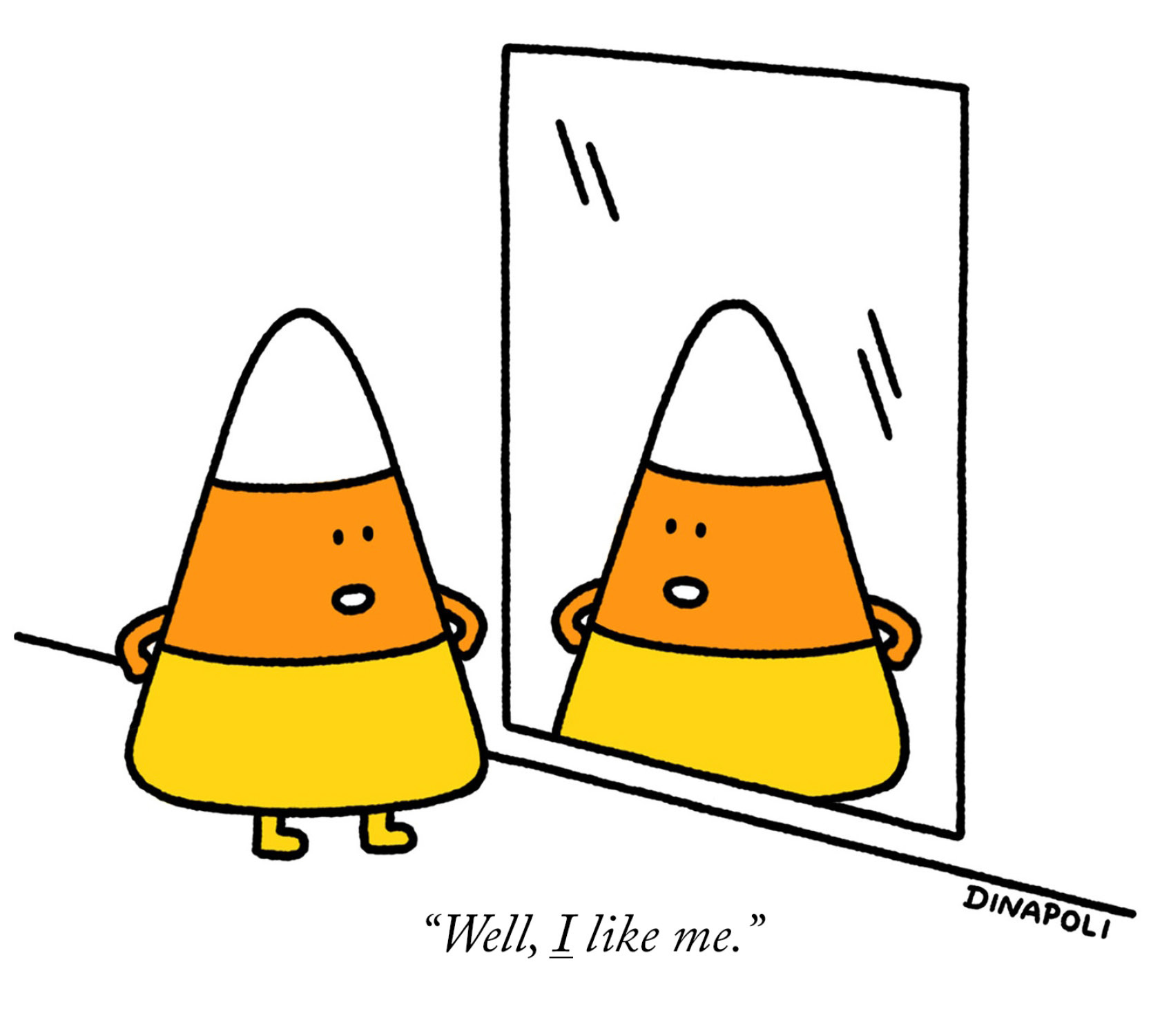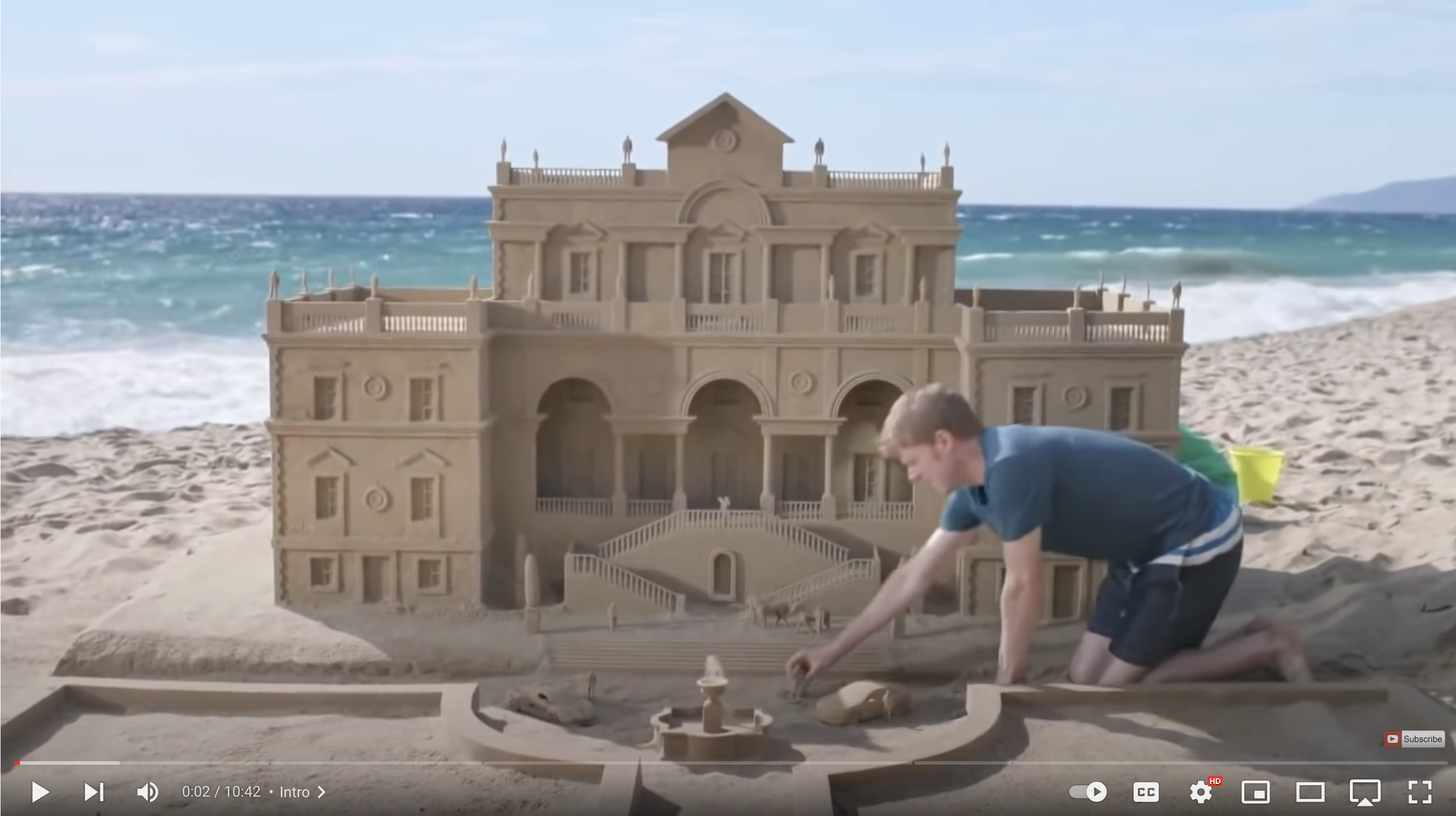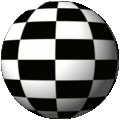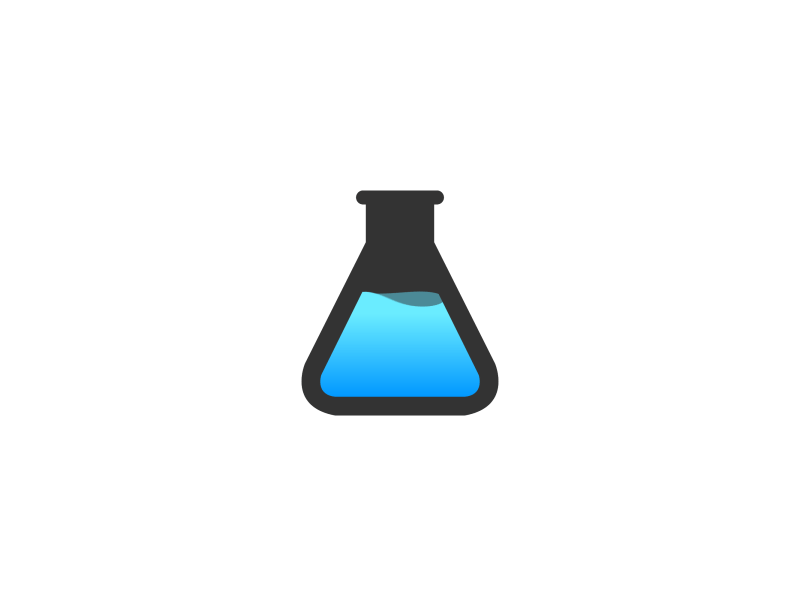Traditions
 The pictures follow the text below. Enjoy!!!! :)))))
The pictures follow the text below. Enjoy!!!! :)))))
How it’s Fall already is sort of surprising… just sort of snuck up on us… but here it is. As with many of the seasonal and holiday transitions throughout the year, Fall brings with it some interesting traditions (and chores – leaf raking – I actually love using my backpack blower!). I find myself looking forward to many of these, like our drives in the country for fresh apples, watching the grandkids pull the apples off the trees – magic! There’s more to autumn than just pumpkin spice — it’s also filled with good stuff like pumpkin pie (yum!! – ice cream and Cool Whip too) pumpkin patches, harvesting and even a semi-obscure sport known as “punkin chunkin” (not to mention other non-squash-related customs). I’ve often wondered why I have the sudden urge to wander through a corn maze in the fall, or what it is about October that’s so conducive to bobbing for apples and eating different shaped candy. Below are the surprising origins of eight autumn traditions that I’m guessing you like too – enjoy, and thanks to interestingfacts.com, foodnetwork.com, tailgating magazine and You Tube for the info.
Corn Maze
- Mazes and labyrinths (elaborate and confusing circular maze structures) date back over 4000 years ago to the time of ancient Greece and Rome. During Roman times, mazes and labyrinths were seen in artwork, home flooring, pavement on streets, and dug into the earth.
- It was believed that although beautiful and puzzling, the mazes were actually used for rituals and processions.
- Garden mazes began to pop up throughout Europe in the wealthiest castles and palaces as a way to amuse their inhabitants. Louis XIV’s palace at Versailles included an elaborate labyrinth in the garden, which is said to have been inspired by Aesop’s fables.
- One of the finest examples of garden mazes can be found in the gardens at Hampton Court Palace in England, which was first planted by William III in 1690.
- By the 18th century, hedge mazes became increasingly popular in England and Europe, but it took some time before the concept came to America, at which point it took the form of a corn maze.
- In 1993, the first modern elaborate corn maze was created by Don Frantz and Adrian Fisher, which inspired a worldwide fad of corn mazes. Their corn maze was constructed on only 3 acres of land and had 1.92 miles of pathway. The maze received accreditation in the Guiness Book of World Records for being the world’s largest corn maze.
- The record now belongs to Cool Patch Pumpkins for their 60 acre maze in Dixon, California in 2014.
Leaf Peeping
- This one goes back more than 1,200 years, which is another way of saying it didn’t originate in America. Rather, it appears we have Japan to thank for the custom. Their version of it, which carries the considerably more evocative name of momijigari (“autumn leaf hunting”), dates back to at least the Heian Era of 794-1185. A renaissance of sorts, that epoch brought about both visual art that celebrated the vibrant colors of fall and the endlessly influential Tale of Genji, which explicitly mentions “an imperial celebration of autumn foliage.”
- As for how it became an American tradition, a professor of Asian art history has a theory: Japan and New England were connected via shipping routes, resulting in New Englanders being exposed to Japanese lacquerware featuring a maple-leaf motif that made them more inclined to seek out gorgeous leaves without traveling halfway across the world.
- Best places to see Fall leaves include Rocky Mountain National Park, Sonoma Valley, Tahquamenon Falls State Park, Michigan, Acadia National Park, Maine and pretty much anywhere in Ohio and Pennsylvania
OKTOBERFEST
- Beginning in the third weekend of September and lasting until the first Sunday in October, Oktoberfest has long served as an excuse for revelers to do as the Germans do and wet their whistle at the local beer hall (lederhosen optional).
- The first Oktoberfest was a wedding reception: On October 12, 1810, the citizens of Munich gathered at the city’s gates to celebrate the marriage of Bavarian Crown Prince Ludwig to Princess Therese of Saxony-Hildburghausen. The event (known locally as d’Wiesn) was so popular that it took place again the following year — and the year after that, and so on and so forth until it became the world-famous festival of Bavarian culture that it is today.
- You can’t start drinking until the mayor opens the first keg. The festival officially begins when the mayor says “O’ zapft is” during the opening ceremony on the first day of the event. There’s only one place to be to witness this; the Schottenhamel tent. Here you’ll get to experience the Bavarian tradition where the Mayor of Munich will have the honor of tapping the first keg of Oktoberfest beer at noon. Once the first barrel of beer has been opened, then everyone else can get their beers in and officially start Oktoberfest… AND, only beer from Munich is sold at Oktoberfest. CLICK FOR A TOUR!
- And Check THIS Out————> The Oktoberfest in 4k Time lapse & Tilt shift
Election Day
- Though rarely thought of in the same way as apple cider and leaf-peeping, American elections take place in autumn for a reason. Out of consideration for farming schedules, Congress chose November (when the harvest was finished but it hadn’t usually begun to snow yet) in its 1845 decree establishing the date.
- As for Tuesday? Weekends were a no-go due to church, and Wednesdays were off the table because farmers usually went to the market to sell their goods. Thus, Tuesday emerged as a sort of compromise, and the tradition stuck.
- It’s a blessing we can enjoy free and open elections …be sure to vote!
BOBBING FOR APPLES
- It may not be as popular now as it was a century ago, but bobbing for apples persists as an autumnal activity, especially on Halloween. Long before kiddos dressed up on October 31, however, British singles played the game as a sort of courting ritual. Each apple represented a different eligible bachelor and, if the young woman bobbing for said apple bit into it on her first try, the two would live happily ever after.
- Succeeding on the second attempt meant that the two would be together for a time but the romance would fade.
- Not getting it right until the third try foretold doom – yikes! Click For Video
Punkin Chuckin
- For the past two decades, “chunkers” have created slingshots, trebuchets, and even pneumatic cannons to hurl pumpkins as far as possible. The World Championship Punkin Chunkin Contest has taken place in Bridgeville, Delaware, every November since 1986, with First State native Bill Thompson claiming credit for inventing the sport.
- The Guinness world record shot is held by a pneumatic cannon dubbed “Big 10 Inch”, at 5,545.43 feet (1,690.25 m), on September 9, 2010 in Moab, Utah. (for you math majors out there…that’s over a mile!!)
- Enjoy this “chuckin” link – made me just laugh out loud seeing the machines and the people
Tailgating
- The history of tailgating dates all the way back to the start of the Civil War. In 1861, civilians gathered in Washington DC, to watch the first battle of the Bull Run and cheer on their “team,” the Union or the Confederates. People brought picnic baskets filled with minced meat, apple pies, and plum puddings. This time in history marks the beginning of aged whiskey and wine production, so we can assume the colonists were also celebrating with adult beverages.
- Tailgating is now a year-round activity at sporting events and concerts, but it’s always been especially popular at football games. One theory posits that it dates all the way back to the first college football game, a contest between Rutgers and Princeton that took place in 1869, when some in attendance sat at their horses’ “tail end” while grilling sausages before the game began.
- Another theory centers around the Green Bay Packers, whose fans are said to have coined the term “tailgating” when the “cheeseheads” first began supporting the team in 1919. Ever industrious, they positioned their trucks around the field and sat in the beds for comfortable viewing while enjoying their food and drinks.
- Today tailgater’s across the country come early, set tables and tents, and serve all sorts of grilled and “crock pot” goodies, along with snacks galore.
- “The World’s Largest Outdoor Cocktail Party” takes place around the college football games between the Florida Gators and Georgia Bulldogs, where fans meet in the parking lot, RV lot and local marina, entertaining nearly 200,000 fans.
Candy Corn
- It may be the year’s most polarizing candy, but its history is long and sweet. Candy corn dates back to the 1880s, when a confectioner at the Wunderle Candy Company began producing it under the even-less-appetizing name of Chicken Feed.
- The corn-shaped sugar molds were then manufactured by the Goelitz Confectionery Company, who made the product famous (you may now know Goelitz as Jelly Belly too). More than 35 million pounds (or nine billion individual pieces) of candy corn are produced every year, so someone must like the stuff.
- California residents consume more of the orange, yellow and white confection than any other state. To be fair, it is a big state, and so is the state that comes in second in the eats-the-most-candy-corn lineup: Texas! Florida, in third place, takes the proverbial bronze, followed by New York, Michigan and Illinois.
I have to admit, this candy does not even make my top 100 list!

I saw this New Yorker cartoon on Twitter…couldn’t resist sharing. :))))) @NewYorker
::::::::::::::::::::::::::::::::::::::::::::::::::::::::::::::::::::::::::::::::::::::::::
DO YOU LIKE CONTESTS?
Me, too.
As you may know the Kowalski Heat Treating logo finds its way
into the visuals of my Friday posts.
I. Love. My. Logo.
One week there could be three logos.
The next week there could be 15 logos.
And sometimes the logo is very small or just a partial logo showing.
But there are always logos in some of the pictures.
So, I challenge you, my beloved readers, to count them and send me a
quick email with the total number of logos in the Friday post.
On the following Tuesday I’ll pick a winner from the correct answers
and send that lucky person some great KHT swag.
So, start counting and good luck!
Oh, and the logos at the very top header don’t count.
Got it? Good. :-))))
Have fun!!
::::::::::::::::::::::::::::::::::::::::::::::::::::::::::::::::::::::::::::::::::::::::::




















